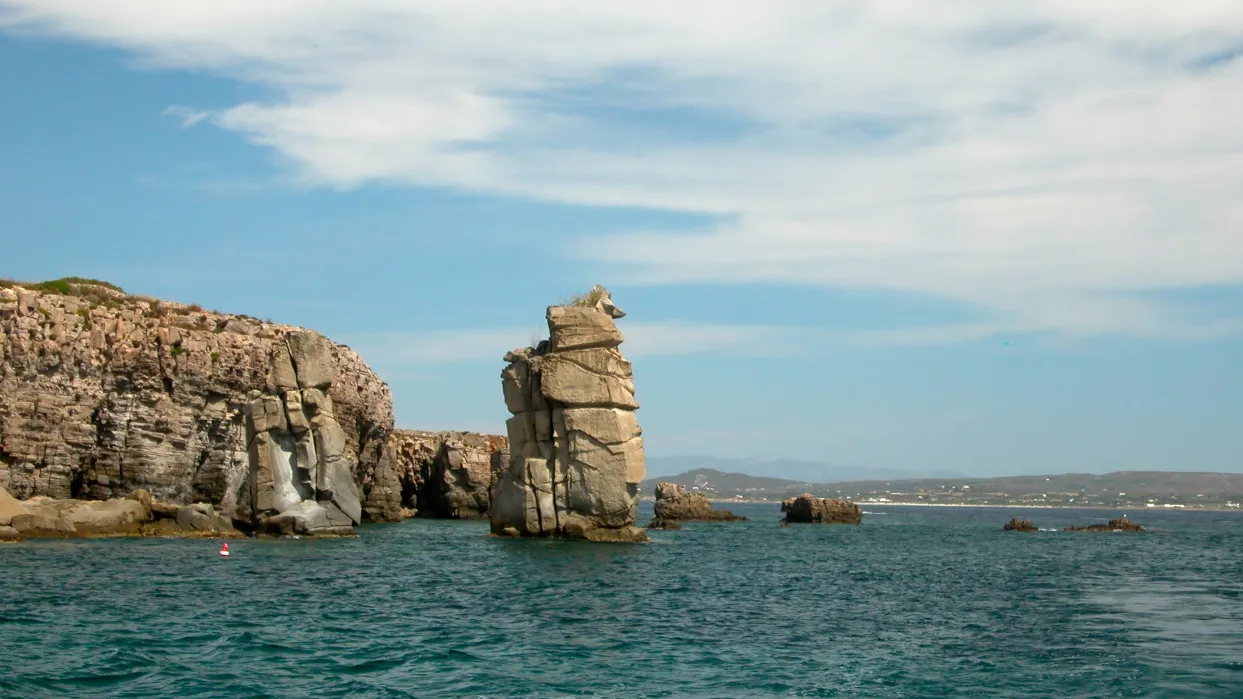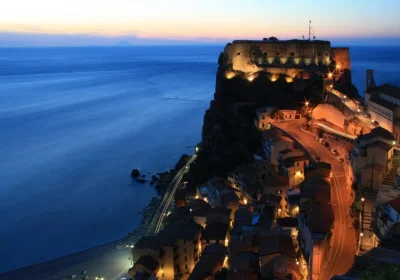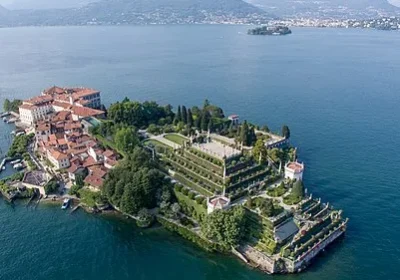Tour of Carloforte (San Pietro Island).
Carloforte was once an enclave of the Genoese Republic in Sardinia, which is why it still retains the dialect and traditions of Liguria. Carloforte is the “capital” of the island of San Pietro, located in the south-west of Sardinia, opposite the coast of the Sulcis-Iglesiente region.
San Pietro’s coasts are high and rugged, with coastal heights reaching 150 metres in the north-west. At the highest point of the island, Capo Sandalo, is Italy’s westernmost lighthouse.
Small sandy beaches can be found in some places among the coastal cliffs, which are washed by the clear sea. The steep coastal cliffs are home to rare bird species such as the peregrine falcon and the Oduena gull.
The salt marshes near Carloforte are home to many birds, including the magnificent pink flamingo.
The island is covered in dense Mediterranean maquis, which exude the heady scent of rosemary, frankincense, strawberry, pine and dwarf palm, one of the oldest members of the Mediterranean flora. In August, the characteristic yellow-red dates ripen.
Ancient megalithic monuments, or nuraghes, testify to the fact that man settled here in ancient times. The Carthaginians called San Pietro “hawk island”.
The town of Carloforte was founded in 1738, when King Charles Emmanuel III granted a concession to several Genoese families who were living in Tabarka (Tunisia) at the time. They had moved there from Pella in the 16th century to mine coral. But two centuries later they were constantly oppressed by the Tunisian Beys, who turned them into slaves.
Karl Emmanuel III wanted to take San Pietro Island away from the corsairs who had made it their base. That is why he gave it to Don Bernardino Genovesa, granting him the title of Duke of San Pietro, and decided to relocate the Genoese from Tabarca. As mentioned above, the town appeared in 1738: it was built by the engineer Della Vale. The old town was subsequently destroyed by fire and was rebuilt in brick.
San Pietro is famous above all for its beaches. There are sandy stretches on the shores of the island (such as La Bobba and Guidi beaches), while the rocky beach of Cala Fico attracts snorkellers with its many colourful fish. Some distance from the shore, the “Columns”, two stone cliffs 16 metres high, rise out of the water. They are now recognised as natural monuments.
This tour can be taken by boat or car and includes a swim in the sea, a hike through lush Mediterranean groves and fantastic grottoes.

















